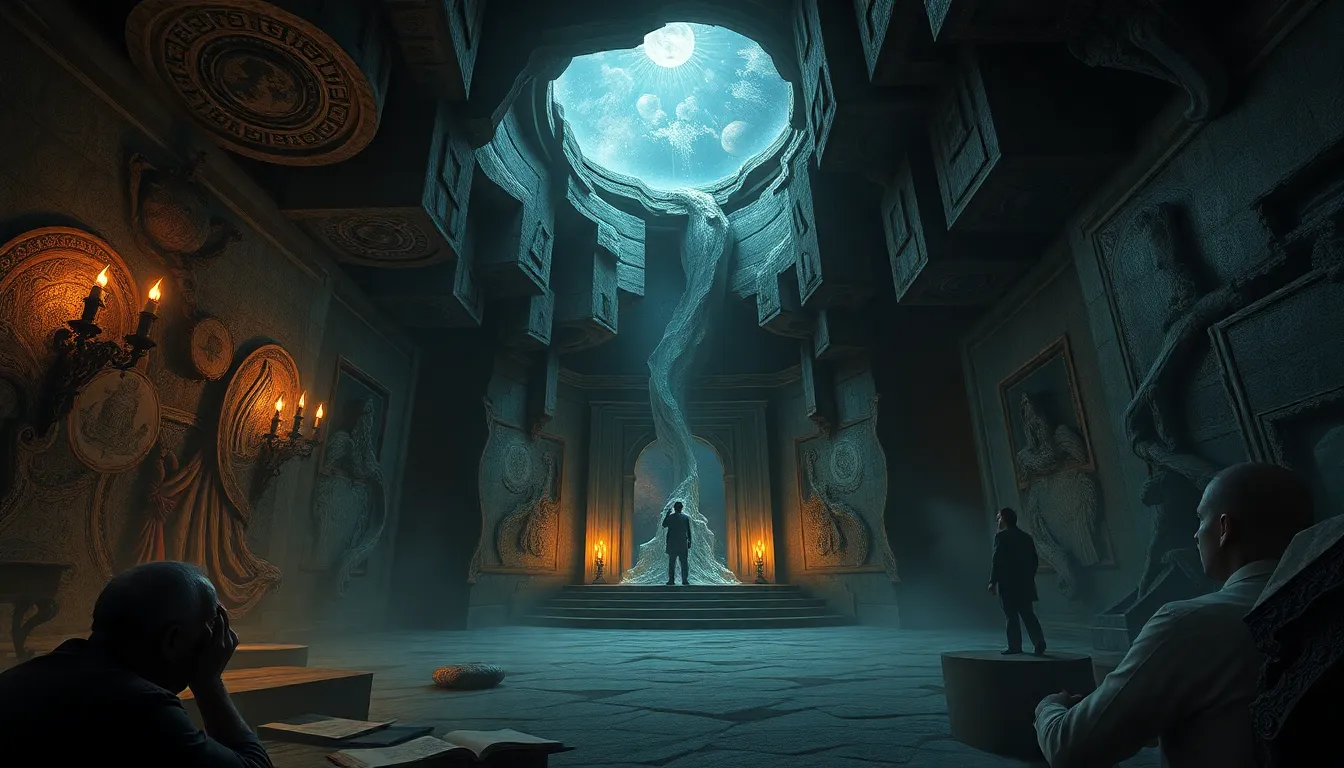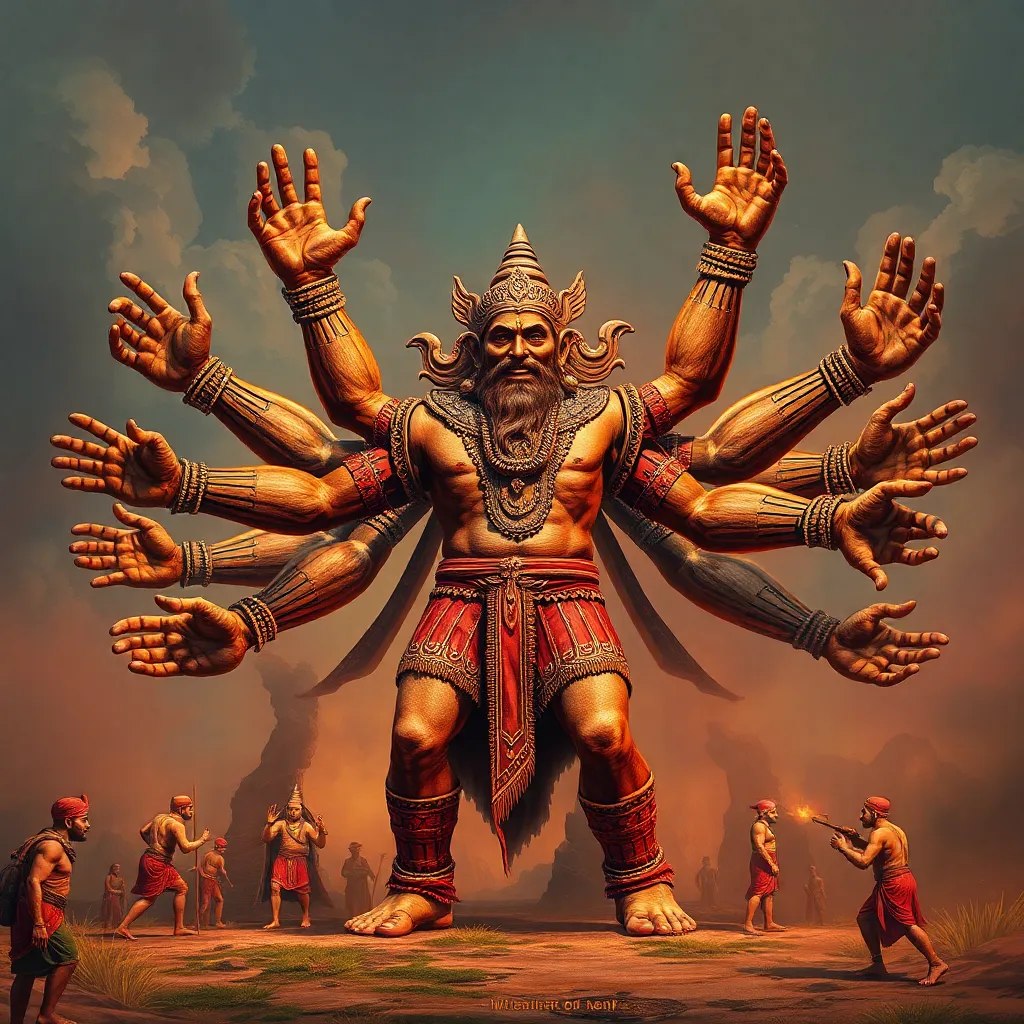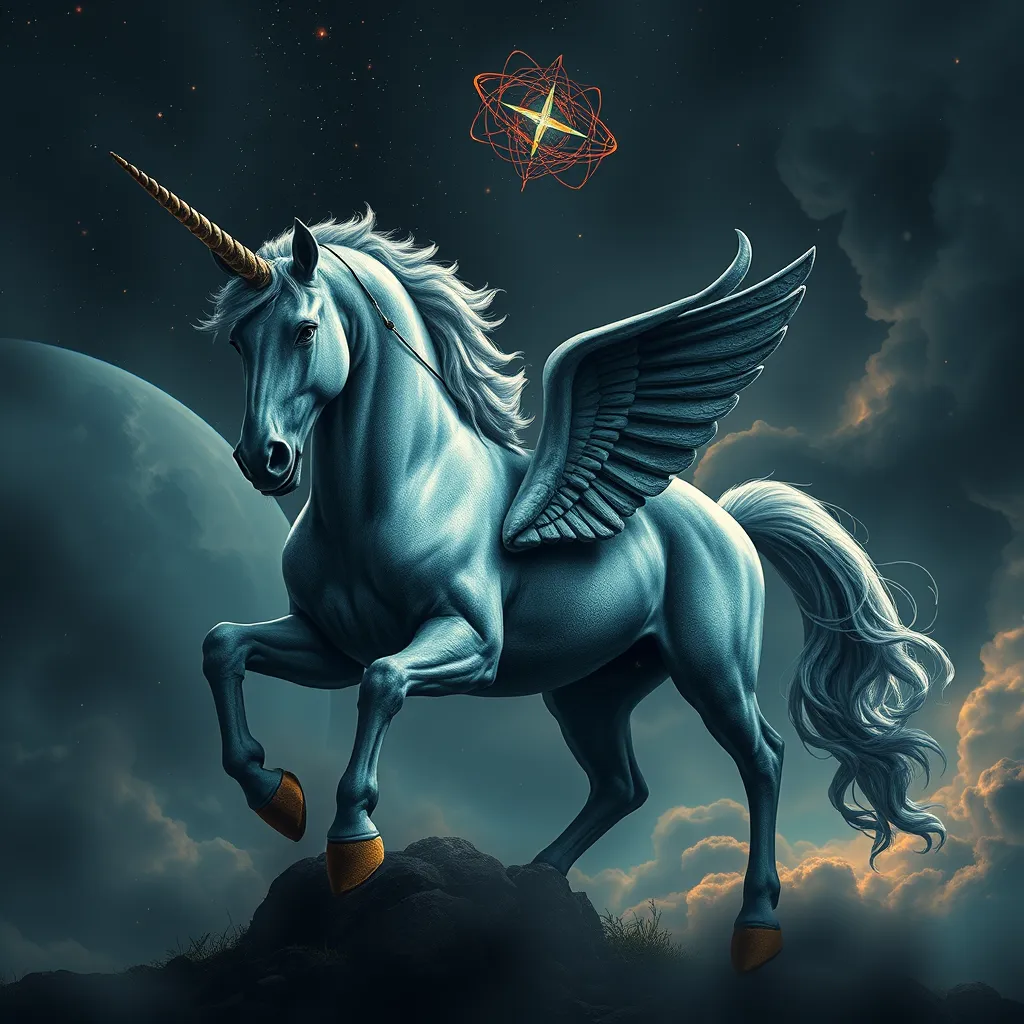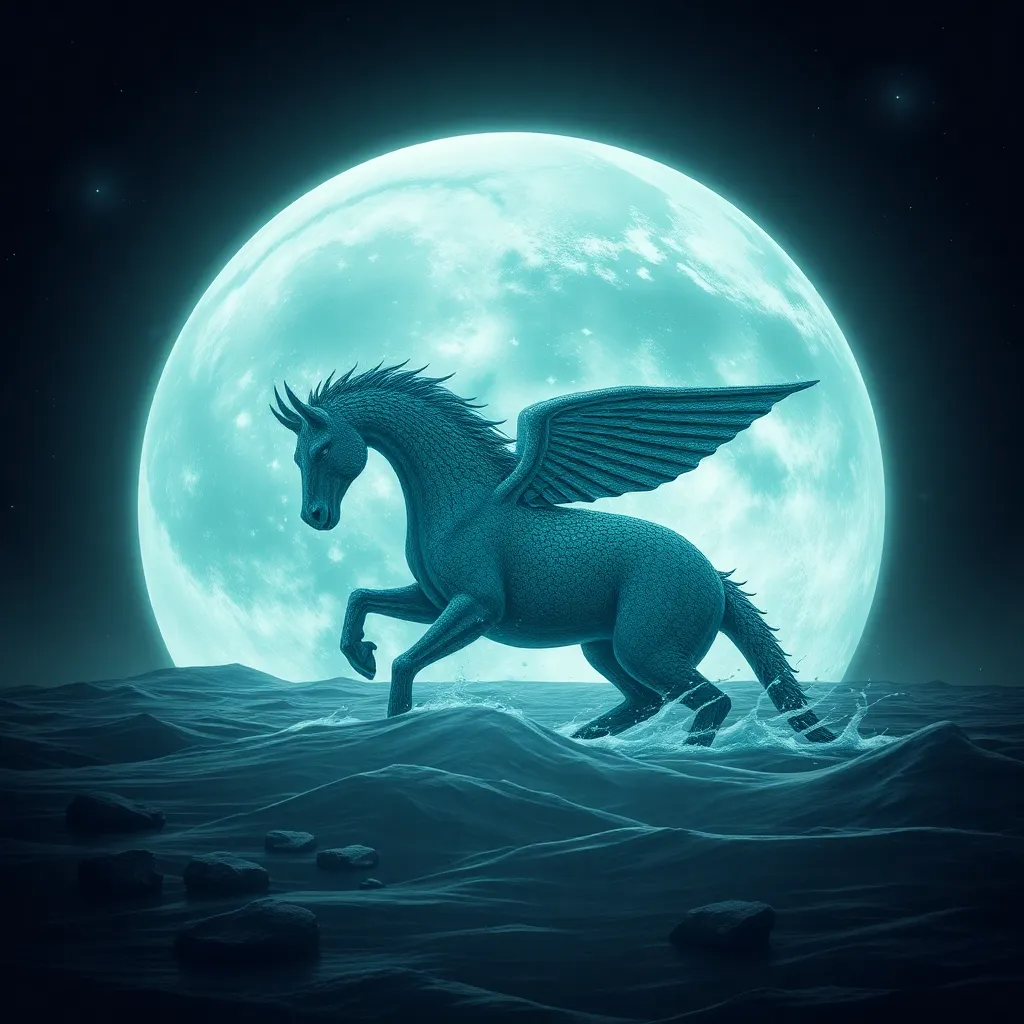The Underworld’s Legacy: Exploring the Influence of Underworld Myths on Modern Literature, Art, and Culture
I. Introduction
Underworld myths are narratives that explore the realm of the dead and the journey of souls after death. These stories often encompass themes of judgment, rebirth, and transformation, reflecting humanity’s deep-rooted fascination with mortality and the afterlife. Exploring the legacy of these myths is crucial as they have significantly influenced various aspects of modern culture, literature, and art.
This article will delve into the historical context of underworld myths, their representation in contemporary literature and art, their impact on popular culture, and their psychological and philosophical interpretations. Finally, we will discuss the cultural significance of these myths and their relevance in today’s society.
II. Historical Context of Underworld Myths
Underworld myths have been integral to many ancient cultures, serving as a means to explain the mysteries of life and death. These narratives often reflect the values and beliefs of the societies from which they originated.
A. Origins of underworld myths in ancient cultures
Many ancient civilizations, including the Greeks, Egyptians, and Mesopotamians, developed their own underworld myths. These tales often provided comfort and understanding regarding the inevitable fate of death.
B. Key figures and narratives
- Hades: The Greek god of the underworld, ruling over the dead and guiding souls to their final resting places.
- Persephone: The daughter of Demeter, who became the queen of the underworld, symbolizing the cycle of life and death.
- Osiris: The Egyptian god who represents resurrection and the afterlife, central to the mythology surrounding death and rebirth in ancient Egypt.
C. The symbolic meaning of the underworld in mythology
The underworld often symbolizes transformation and the unknown. It serves as a space where characters undergo trials, leading to personal growth or enlightenment. These stories reflect humanity’s quest for understanding life’s greatest mysteries.
III. Underworld Myths in Modern Literature
Underworld myths continue to profoundly influence contemporary literature, with many authors drawing inspiration from these ancient narratives.
A. Influence on contemporary novels and poetry
Many modern writers incorporate themes of death, rebirth, and transformation into their works, often echoing the sentiments found in ancient underworld myths.
B. Case studies
- Neil Gaiman: In works like “American Gods,” Gaiman explores the intersections of life, death, and belief, drawing on various mythologies, including those of the underworld.
- Dante Alighieri: In “The Divine Comedy,” Dante’s journey through Hell represents a profound exploration of sin, redemption, and the nature of the afterlife.
C. Themes of death, rebirth, and transformation in literature
These themes resonate deeply with readers, allowing for exploration of personal and universal experiences related to mortality and existence. Writers often use the underworld as a metaphorical space for characters to confront their fears and emerge transformed.
IV. Artistic Representations of the Underworld
The underworld has also inspired countless visual artists throughout history, leading to unique interpretations of its themes and figures.
A. Visual art inspired by underworld myths
From paintings to sculptures, the underworld has been depicted in various forms of visual art, each interpretation reflecting the artist’s perspective on life, death, and the afterlife.
B. Notable artists and their interpretations
- Hieronymus Bosch: His work “The Garden of Earthly Delights” offers a surreal representation of heaven, Earth, and hell, inviting viewers to reflect on morality and consequence.
- Gustav Klimt: Klimt’s “Death and Life” juxtaposes the themes of death with the vibrancy of life, showcasing the intricate dance between the two.
C. The impact of underworld themes on modern art movements
Modern art movements, such as surrealism and expressionism, often utilize underworld themes to challenge perceptions of reality, existence, and the human condition.
V. The Underworld in Popular Culture
Underworld myths have permeated popular culture, influencing various forms of media and entertainment.
A. Depictions in film and television
- “Hercules”: Disney’s animated film presents a light-hearted interpretation of Greek mythology, including the underworld and its characters.
- “The Matrix”: This film explores philosophical themes of reality and existence, drawing parallels to the journey through the underworld.
B. Influence on video games and interactive media
Many video games, such as “God of War” and “Hades,” feature underworld themes, allowing players to explore mythological realms and engage with their narratives interactively.
C. Underworld myths in music and performance art
Musicians and performance artists frequently incorporate themes of death and the afterlife into their work, reflecting the ongoing relevance of underworld myths in contemporary culture.
VI. Psychological and Philosophical Interpretations
Beyond their narrative significance, underworld myths offer rich psychological and philosophical insights.
A. The underworld as a metaphor for the subconscious
Many psychologists view the underworld as a representation of the subconscious, where hidden fears and desires reside. Exploring these themes can lead to personal revelation and healing.
B. Philosophical implications of death and the afterlife
The exploration of death and what lies beyond has profound philosophical implications, prompting reflection on existence, morality, and the human experience.
C. The role of underworld myths in shaping human experience and identity
These myths help shape our understanding of life and death, influencing how we perceive ourselves and our place in the world.
VII. Cultural Significance and Modern Adaptations
Different cultures continue to reinterpret underworld myths, showcasing their adaptability and enduring relevance.
A. How different cultures reinterpret underworld myths
Many cultures have unique versions of underworld myths, often blending local beliefs with universal themes of death and the afterlife.
B. The relevance of these myths in today’s society
In a rapidly changing world, underworld myths provide a framework for understanding the complexities of existence and the human condition.
C. Contemporary adaptations in literature and media
Modern adaptations of underworld myths in literature and media continue to engage audiences, encouraging exploration of timeless themes through new lenses.
VIII. Conclusion
Underworld myths, with their rich histories and profound themes, have left an indelible mark on modern literature, art, and culture. They continue to inspire contemporary creators, reflecting humanity’s ongoing fascination with life, death, and the mysteries that lie beyond.
As we explore these narratives, we uncover insights into our own existence and identity, urging us to delve deeper into the legacy of underworld myths. We invite readers to continue exploring these themes, discovering their relevance in modern contexts.



